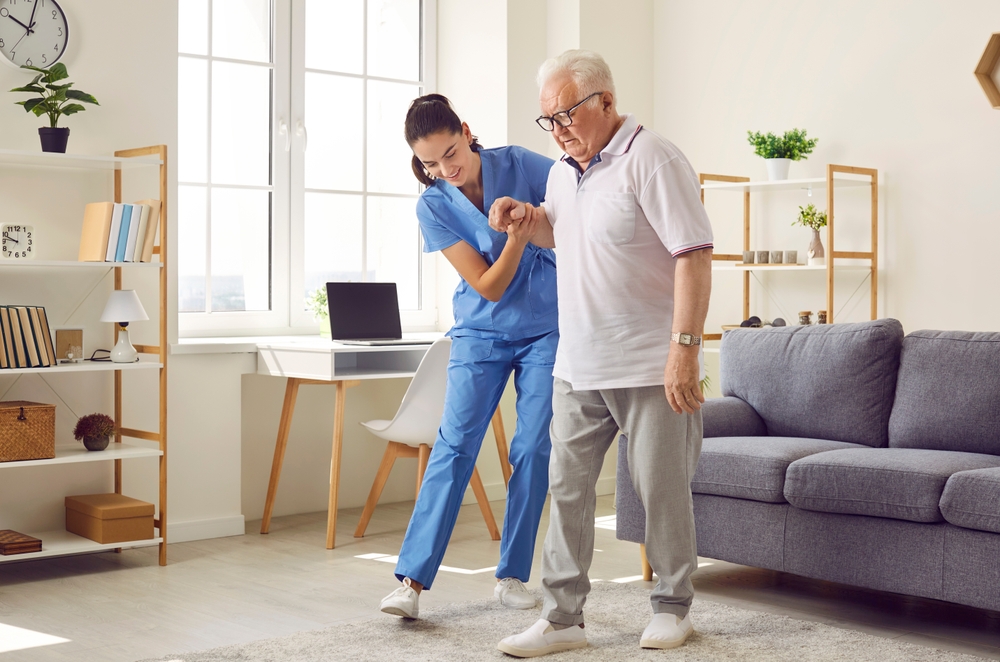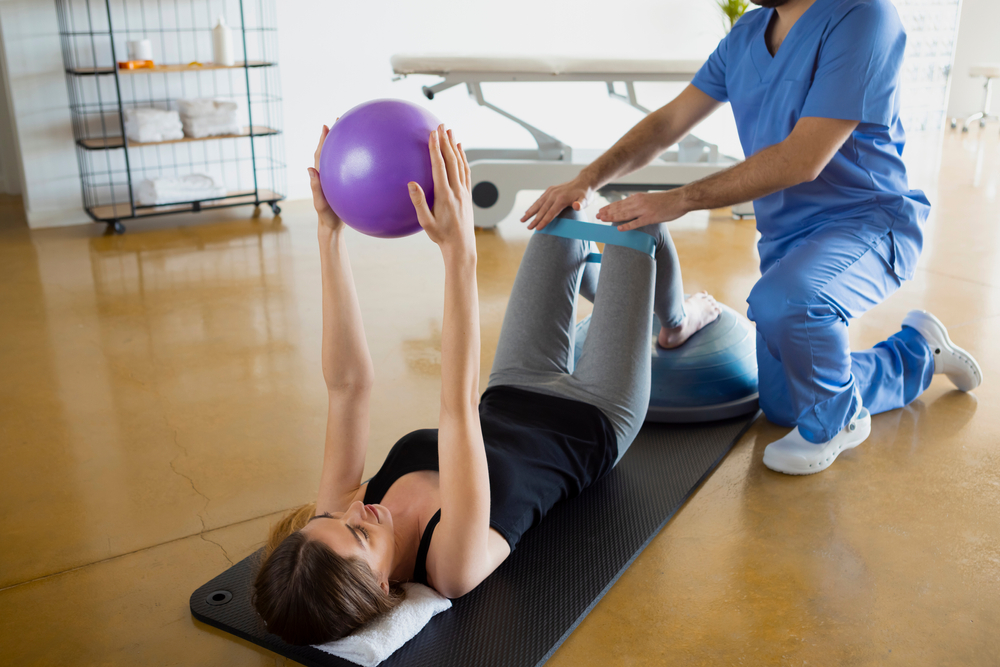
Classification of active ageing
Active aging can be classified into three categories:
- Primary Prevention: In promoting healthy lifestyle and preventing age-related decline.
- Secondary Prevention: Early intervention to address emerging health issues.
- Tertiary Prevention: Rehabilitation and management of chronic conditions.
Active Aging from the Patient’s Point of View patient’s perspective:
- Maintaining independence and autonomy.
- Staying physically and mentally active.
- Engaging in meaningful activities.
- Building and maintaining social connections.
- Managing chronic conditions.
Role of the Physical Therapist in Active Aging Programs
Physical therapists play a crucial role:
- Assessing functional ability and mobility.
- Developing personalized exercise programs.
- Promoting lifestyle modifications.
- Educating on fall prevention and safety.
- Encouraging community engagement.
Example of Intervention
Examples of active aging interventions:
- Falls Prevention Programs: Exercise and education to reduce fall risk.
- Exercise Programs: Tailored exercise for chronic conditions (e.g., diabetes, heart disease).
- Balance and Mobility Training: Improving balance and mobility.
- Cognitive Stimulation: Engaging activities for cognitive health.
- Health Promotion: Educating on healthy lifestyle choices.
Effective Active Aging Programs
Characteristics of effective programs:
- Patient-centered approach.
- Interdisciplinary collaboration.
- Evidence-based interventions.
- Community engagement.
- Ongoing evaluation and adaptation.
Benefits of Active Aging
Active aging benefits:
- Improved physical function.
- Enhanced cognitive health.
- Increased social connections.
- Better mental health.
- Reduced healthcare costs.
By understanding active aging from the patient’s perspective and incorporating physical therapy interventions, healthcare professionals can promote healthy aging and improve quality of life for older adults.
Here’s an in-depth look at the current situation and future of geriatric physiotherapy from patients’ points of view which can help in active ageing.
Current Situation of Geriatric Physiotherapy for active ageing:Patients’ Perspectives
- Accessibility: Difficulty accessing physiotherapy services, especially in rural areas.
- Wait times: Long wait times for appointments and treatments.
- Communication: Difficulty understanding medical jargon and physiotherapy goals.
- Personalization: Desire for tailored treatments addressing individual needs.
- Holistic care: Need for physiotherapy to address physical, emotional, and social aspects.
Patients’ Expectations for Geriatric Physiotherapy for active ageing
- Improved mobility and function.
- Reduced pain and discomfort.
- Enhanced quality of life.
- Increased independence.
- Support for caregivers.
Future of Geriatric Physiotherapy: Patients’ Hopes for active ageing
- Telehealth services for convenient access.
- Personalized treatment plans.
- Interdisciplinary care teams.
- Focus on prevention and healthy ageing.
- Increased education and empowerment.
Patients’ Concerns About Future Geriatric Physiotherapy for active ageing
- Accessibility and affordability.
- Over-reliance on technology.
- Loss of human connection.
- Inadequate support for caregivers.
- Ensuring continuity of care.
Geriatric Physiotherapy from Patients’ Families’ Perspectives for active ageing
- Support for caregivers.
- Respite care services.
- Education on caring for older adults.
- Access to resources and information.
- Collaboration with healthcare teams.
Future Directions for Patient-Centered Geriatric Physiotherapy
- Patient engagement and empowerment.
- Personalized care plans.
- Interdisciplinary collaboration.
- Technology integration.
- Focus on prevention and healthy ageing.
By understanding patients’ and families’ perspectives, geriatric physiotherapists for active ageingcan:
- Improve patient-centered care.
- Address accessibility and communication concerns.
- Develop personalized treatment plans.
- Integrate technology effectively.
- Enhance overall quality of life for older adults.
This patient-centered approach will shape the future of geriatric physiotherapy, ensuring care is tailored to individual needs and priorities.


